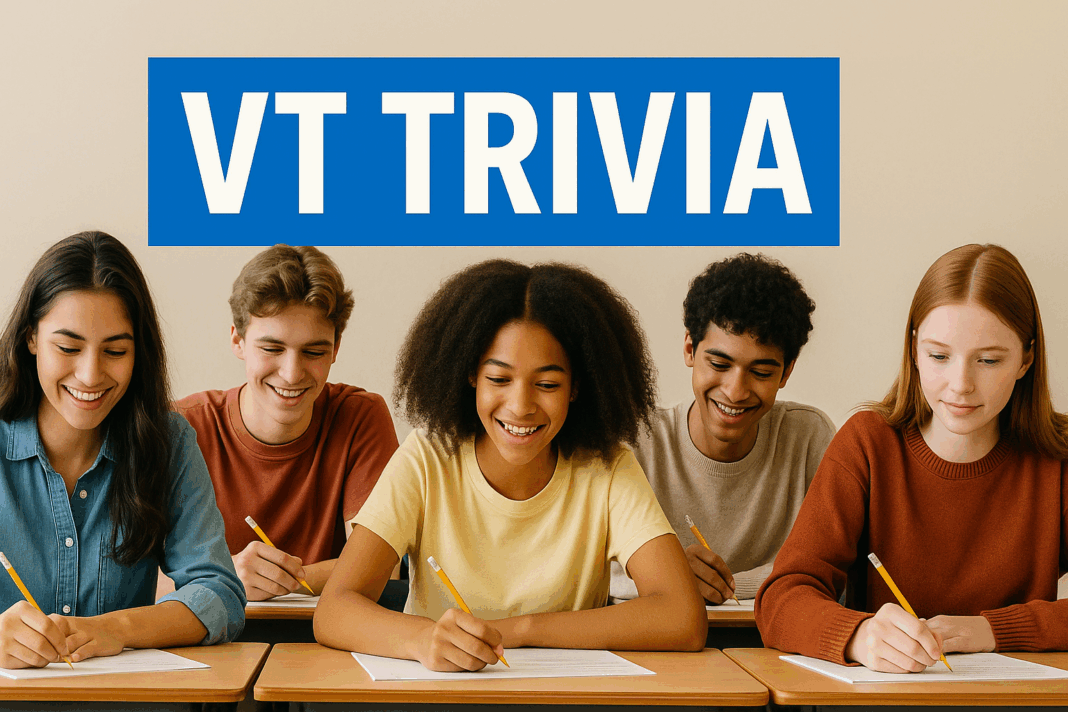VT Daily Trivia — Live
Challenge yourself with today’s quiz! Ten quick questions across High School Mathematics, Biology, Physics, Chemistry, and Global Politics. Pick an answer to reveal the explanation.
1) What is the vertex of the parabola y = (x − 3)2 − 4?
2) The slope of the line through (2, 5) and (6, 17) is:
3) Which organelle is the primary site of ATP production in eukaryotic cells?
4) The process of synthesizing mRNA from a DNA template is called:
5) The SI unit of electrical resistance is the:
6) At the highest point of a projectile’s flight (ignoring air resistance):
7) The pH of a 0.001 M HCl solution at 25 °C is approximately:
8) The primary bond between sodium (Na) and chlorine (Cl) in table salt is:
9) How many permanent members sit on the United Nations Security Council?
10) Which UN body adjudicates legal disputes between states under international law?
A global media for the latest news, entertainment, music fashion, and more.















